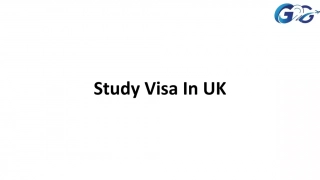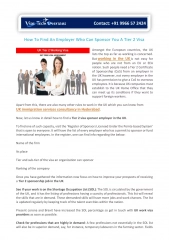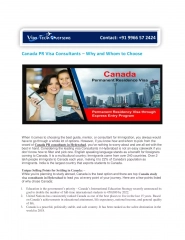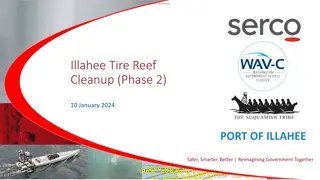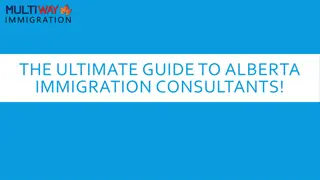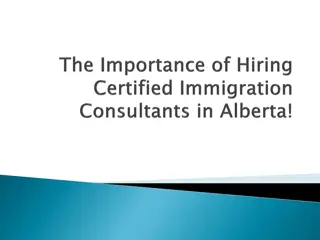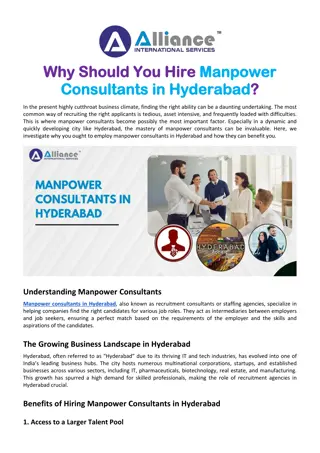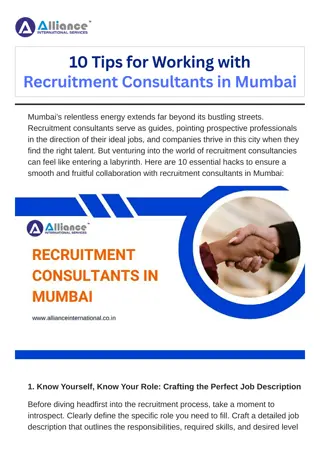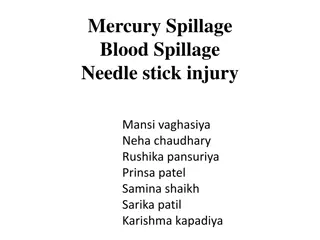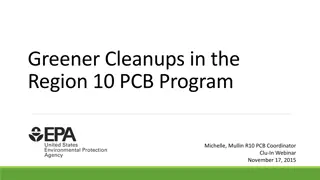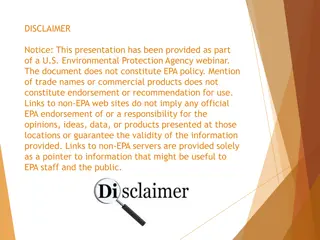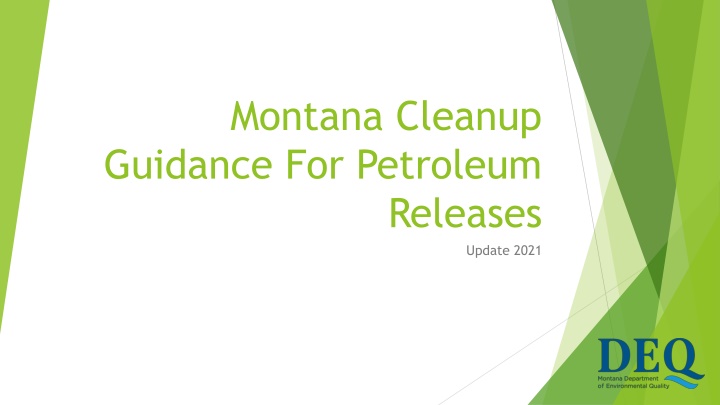
Efficient Cleanup Guidance for Petroleum Releases in Montana 2021
The cleanup guidance for petroleum releases in Montana has been updated to streamline the process by replacing multiple work plans and reports with a single comprehensive plan. The aim is to standardize tasks, reduce paperwork, and achieve closure efficiently. Professional Environmental Consultants will lead the cleanup efforts, working closely with the Owner/Operator, Responsible Party, Consultant, and DEQ to select and implement the most suitable cleanup method. By utilizing DEQ-approved methods supported by thorough documentation, the goal is to remediate petroleum contamination effectively and achieve resolution of the release.
Download Presentation

Please find below an Image/Link to download the presentation.
The content on the website is provided AS IS for your information and personal use only. It may not be sold, licensed, or shared on other websites without obtaining consent from the author. If you encounter any issues during the download, it is possible that the publisher has removed the file from their server.
You are allowed to download the files provided on this website for personal or commercial use, subject to the condition that they are used lawfully. All files are the property of their respective owners.
The content on the website is provided AS IS for your information and personal use only. It may not be sold, licensed, or shared on other websites without obtaining consent from the author.
E N D
Presentation Transcript
Montana Cleanup Guidance For Petroleum Releases Update 2021
Cleanup Guidance Overview Intended to perform the following: Replace the Abbreviated Corrective Action Plans/Reports with a single Work Plan and Report Will eliminate the following work plans and reports: AC-03/AR-03: Standardized Soil Boring and Monitoring Well Installation AC-04/AR-04: Standardized Contaminated Soil Excavation and Disposal AC-05/AR-05: Standardized Remediation System Decommissioning and Removal Will reduce the number of Generic Applications Work Plans/Reports (AC-07/AR-07) Standardize tasks and costs associated with work plans and reports Intended to remove the cycle of multiple cleanup work plans and reports
One Cleanup Work Plan One Final Cleanup Report Depending upon cleanup technology selected multiple interim activity summaries/data updates may be required Purpose of Cleanup Guidance If multiple sequential technologies are selected as part of a treatment train (e.g. excavation followed by ORC application), supplementary CWP addendums will be necessary Intended to conduct cleanup with closure in mind, rather than the continuous cycle of cleanup workplans approved and reports submitted
Cleanup Guidance Document Sections Objectives and Expectations Cleanup Work Plan Requirements Cleanup Report Requirements
Utilize DEQ approved cleanup methods to adequately and efficiently remediate petroleum contamination so that the Release may be resolved (closed). The potential cleanup methods are identified by the consultant and supported by one or more of the following: Cleanup Objectives Remedial Investigation (RI) Remedial Alternatives Analysis (RAA) Release Closure Plan (RCP) These documents will have been previously completed as part of a RI or as requested by DEQ
Professional Environmental Consultants will perform the work Cleanup Expectations Owner/Operator (O/O), Responsible Party, Consultant, and DEQ will have discussed the most appropriate cleanup method based on information presented in the RI Report, RAA, and/or RCP, prior to submitting the Cleanup Work Plan (CWP). Any modifications to the approved CWP will be discussed with, and approved by, DEQ.
Cleanup Work Plan and Report Requirements Cleanup Work Plan Title Page Executive Summary Facility Summary Objectives of Cleanup Work Plan Cleanup Method Chosen Work Plan Tasks Pilot Test Recurring O/M Reports Maps Schedule and Reporting Appendices Supplemental Cleanup Actions Cleanup Report Title Executive Summary Purpose and Objectives Methods Implemented Cleanup Evaluation Maps Recurring O/M Reports Supplemental Reports Release Closure Plan Conclusions Recommendations Signature, Limitations, References
Cleanup Guidance Remediation Methods Each cleanup technology has specific requirements for information that is to be included in both the Cleanup Work Plan and Cleanup Report Cleanup technologies listed in the Cleanup Work Plan and Cleanup Report are taken from a list of common technologies published by EPA Data tables provided for each technology in Appendices to the Cleanup Report to ensure appropriate and adequate parameters are included to assess technology performance In most tables calculations are automatic for consistency and accuracy
Monitored Natural Attenuation (MNA) Excavation Soil Vapor Extraction (SVE) Air Sparging (AS) Included Cleanup Methods in Guidance SVE/AS Biosparging Bioventing Enhanced In-Situ Aerobic/Anaerobic Bioremediation Dual-Phase Extraction In-Situ Chemical Oxidation (ISCO) Free Product Recovery Pump and Treat Special Case: Consultant Provided Method
Special Case: Consultant Provided Cleanup Method Consultants can suggest cleanup methods not contained in the guidance These options need to be discussed with, and approved by, DEQ prior to work plan generation Additional reporting requirements will be determined by DEQ and will be included as an additional appendix (Appendix K) to the work plan and report
Recurring Reports and Supplemental Plans If DEQ and the Consultant determine that an additional cleanup method is necessary as part of the treatment train for release closure, a Supplementary Cleanup Work Plan will be submitted Only the relevant planning sections will be required This plan will be attached to the original Cleanup Work Plan as an addendum Recurring events such as system Operation and Maintenance will require regular communication with DEQ to assess cleanup progression Documentation of the recurring events will consist of relevant data and activity summaries which will be attached to the final Cleanup Report as addendums
Cleanup Guidance Activities Summary Stage Document Type Cleanup Work Plan Initial Activity Summary Frequency 1X SVE AS AS/SVE Excavation FP Recovery etc . Planning Installation/Implementation Operation Evaluation Final Report Cleanup Report 1X O/M Report Recurring 1X As Needed Technology Compliance Monitoring Revise Cleanup Method Assess/Reassess Cleanup Progress Supplementary Cleanup Plan
Free Product (LNAPL) Recovery Number, depths, construction details, and location(s) of extraction point(s). Criteria used to measure or assess the effectiveness of product recovery and limitations. Description of equipment used for Free Product recovery. Example of Reporting Requirements Summary of treatment or disposal methods for recovered product. Complete as-built design and implementation diagram indicating location of recovery equipment, any piping or trenches needed, and location of free product disposal or treatment equipment. Other relevant information necessary for system installation and optimization. Relevant information to complete Table I.1 located in Appendix I.
Example Reporting Table Table I.1: Free Product Recovery Performance Table Pre-Treatment LNAPL Thickness Post-Treatment LNAPL Thickness Groundwater Extracted LNAPL Extracted LNAPL Extracted Operational Time Removal Method Well ID Date hr ft ft gal gal lbs 0 0 0 Totals 0 0 Tables are provided as an excel document so that data collection and calculations are easier to perform
Timeline January/February 2021 Draft Guidance available on DEQ website at: Starting January 2021 new work plans will use the Cleanup Guidance document Existing, approved work plans will use whatever format was approved by DEQ All of 2021 List of modifications and corrections to Guidance document will be assembled January 2022 Comments incorporated if appropriate and Final version of Guidance issued

